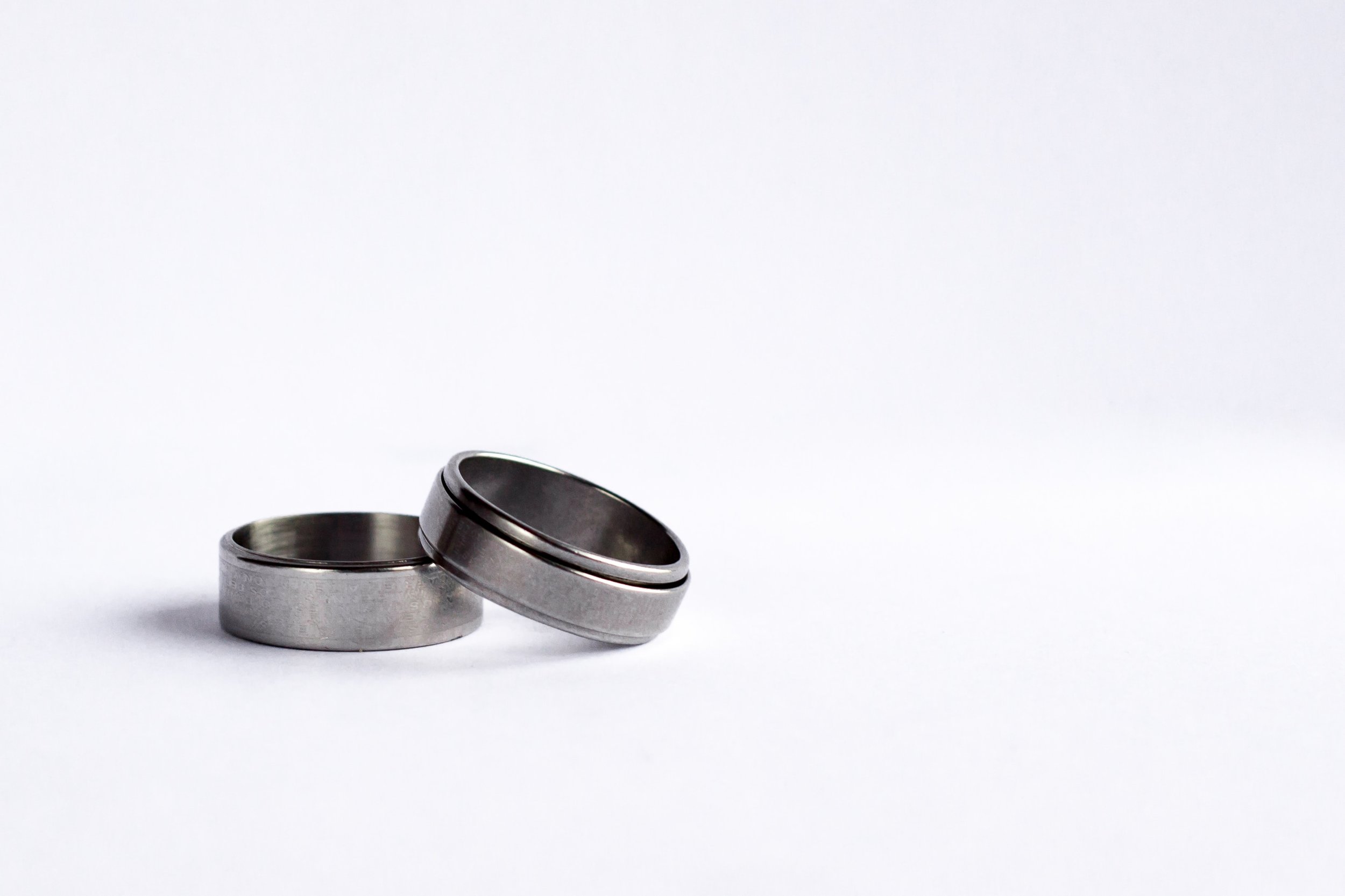Deciphering Your Precious Metal Scrap: Is it Platinum, Iridium, or Something Else?
At Specialty Metals, Smelters, and Refiners, we understand the importance of discerning the true nature of your precious metal scrap. Whether you're a jewelry enthusiast, a medical device manufacturer, or a collector, knowing whether your material contains platinum, iridium, or a combination of both is essential for ensuring its value and utility.
What Are the Most Common Platinum Group Alloys?
The platinum group metals (PGMs) consist of six chemically and physically similar elements: platinum (Pt), palladium (Pd), rhodium (Rh), ruthenium (Ru), iridium (Ir), and osmium (Os). These metals are often alloyed with each other and with other elements to create materials with specific properties for various industrial and other applications.
What Platinum Alloys Are Used to Make Jewelry?
Platinum engagement rings are not rare. Maybe you called off an engagement and your former fiancé gallantly said, “I gave the ring to you . . . it’s yours, so keep it.” Or maybe you find some platinum engagement ring blanks (rings that have not yet had stones mounted in them) in a jewelry manufacturing company that went out of business.
How to Make a lot of Money by Investing in Platinum-Iridium Scrap
What do you get when you mix platinum and iridium, two ultra-valuable white, shiny metals? You get a very valuable alloy with high density and resistance to corrosion and oxidation, even at high temperatures. Those characteristics make the alloy particularly useful.
Everything You Need to Know about Making Money by Recycling Iridium
What is the most valuable and sought-after precious metal today?
If you ask a group of precious metal investors that question, chances are that most of them will say, “Iridium!” And there are reasons for that. One is that iridium is now trading for more than $6,000/Troy Ounce, which is a very high price. Another reason is that most of those investors have never seen iridium because it is so rare. So it’s mysterious, kind of like unicorns. Everybody can describe a unicorn, but nobody has ever seen one.




